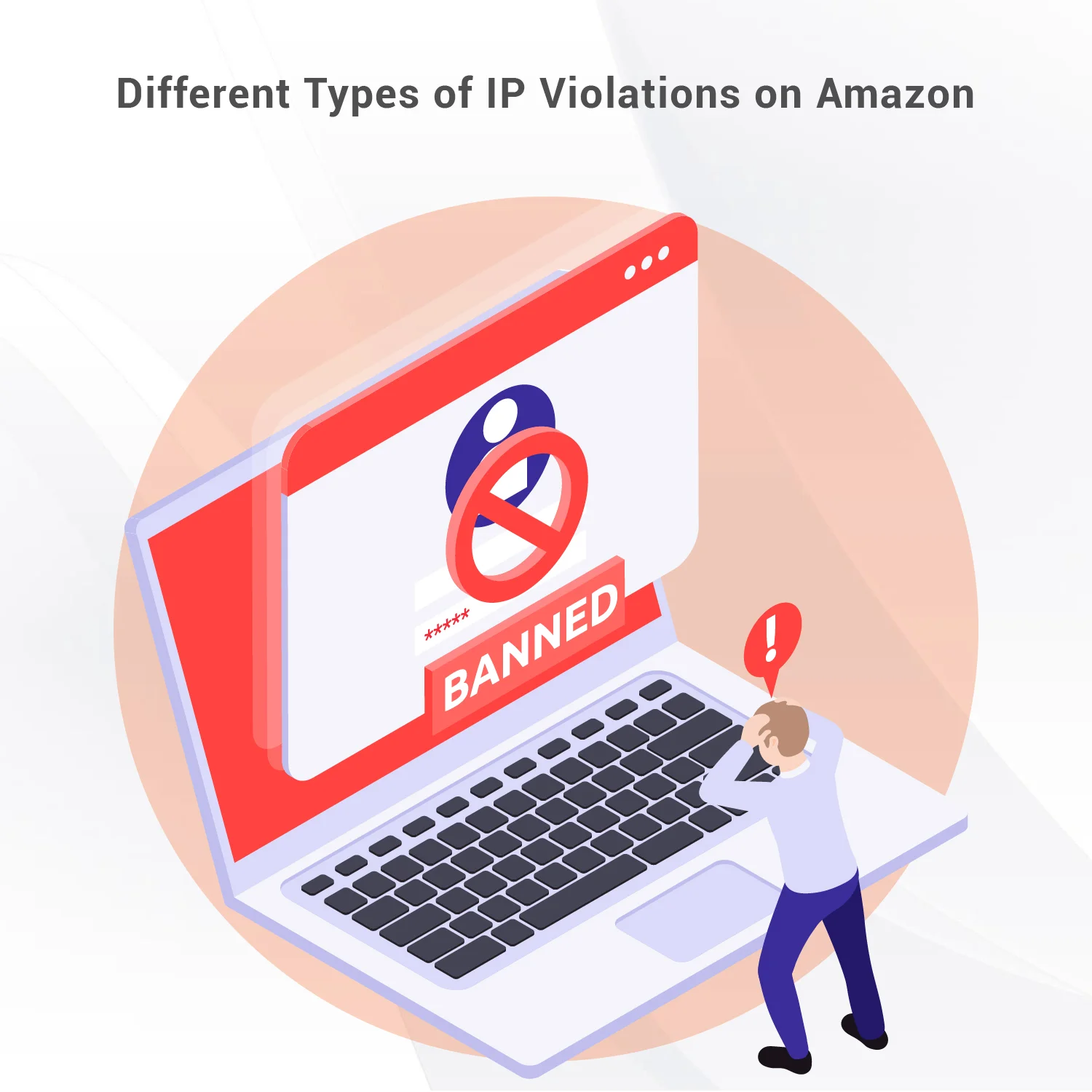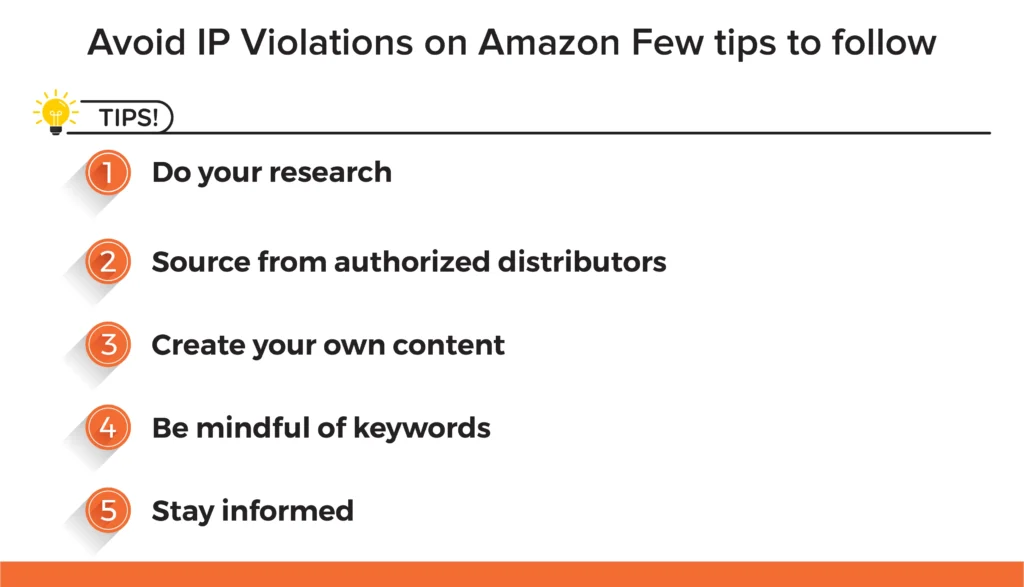As an Amazon seller, it’s important to protect your ideas and respect others’ rights to keep your account in good shape. But navigating IP rules on Amazon can be tricky. This post aims to explain the types of IP violations and how to avoid them.
Protecting your IP on Amazon is crucial for maintaining a good standing. Here’s a breakdown:
Types of IP:
- Trademarks: Logos, slogans, brand names (e.g., Nike swoosh)
- Copyrights: Original works (descriptions, images, unique designs)
- Patents: Exclusive rights to inventions (functionality or design)
Common Violations:
- Trademark Infringement: Using logos, brand names, etc. without permission (listings, descriptions, images)
- Copyright Infringement: Copying product descriptions, images, or designs
- Selling Counterfeits: Imitation products of genuine brands
- Patent Infringement: Selling a product that copies a patented feature
How to Avoid Violations:
- Research: Check for brand names, logos, or designs before listing a product.
- Source Carefully: Source from authorized distributors to avoid counterfeits.
- Create Original Content: Use your own descriptions and images.
- Choose Keywords Wisely: Avoid using brand names you don’t own.
- Stay Informed: Keep up-to-date on Amazon’s IP policies.
FAQ’s
Stay calm and address the issue promptly. Amazon will typically provide details about the alleged violation in the notification. Carefully review the information and identify the product or listing in question.
Ignoring an IP violation notification can have serious consequences. Amazon may take action such as:
- Removing your listing
- Suspending your selling privileges
- Withholding your funds
There’s no built-in tool for pre-screening listings. However, you can minimize risks by:
- Avoiding brand names, logos, or copyrighted material you don’t own.
- Using a plagiarism checker for your product descriptions.
- Sourcing from authorized distributors if reselling branded products.
Report the infringing listing to Amazon. You’ll typically need to provide proof of your brand ownership (trademark registration) to facilitate the removal of the counterfeit listing.
For complex situations or if you plan to sell a product that might touch upon trademark or patent issues, consulting with a lawyer specializing in IP is highly recommended.
Yes, the rights owner of a trademark, copyright, or patent can pursue legal action against you if they believe you have infringed on their intellectual property rights.
If you believe the claim is inaccurate, you can file an appeal with Amazon. This typically involves providing evidence to support your claim. Here are some things you can include:
- Proof of independent creation (e.g., drafts, design sketches) for your product or content.
- Documentation showing you obtained a license to use the copyrighted material (if applicable).
- Evidence that the complaining party doesn’t hold a valid copyright for the element in question.











